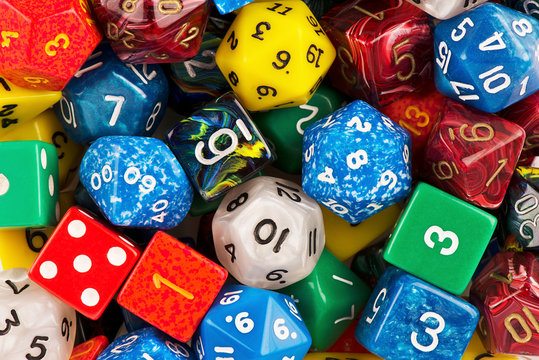Created by Wisconsin Native, Gary Gygax, in 1974 after looking for an alternative to dated tabletop war miniature games, Dungeons and Dragons has enthralled and mystified hundreds of thousands of players over the last 50 years. The Covid Pandemic recently caused a resurgence in it’s popularity, resulting in all manner of new media involving the material. This guide will be a good first step for any body that is looking to either get into the tabletop RPG game, or looking to up their experience after having tried it once or twice before!
What IS Dungeons and Dragons?
Dungeons and Dragons (or D&D for short) has often been referenced in modern pop culture, often times derogatorily as a way to show that a character is a nerd or a geek. It is heavily referenced in the popular Netflix hit “Stranger Things”. However, a lot of people have misconceptions about what D&D actually is.
Dungeons and Dragons, in a nutshell, is a tabletop roleplaying game or TTRPG. It is also known as a pen and paper game, as the only things you need to play the game are a pen, some paper and a set of polyhedral dice, ranging from a D4 to a D100. The dice often come in a set, D4, D6, D8, D10, D12, D20 and a D100. Each of these dice will be used to calculate values based on a variety of different skill sets that your character may, or may not, have. These values will determine the success of what your character is attempting to do, often a minimum threshold set by your Dungeon Master or DM.

The DM is the sort of “narrator” for the story that you and your friends will be creating. They are the ones that sort of guide the story along, introducing nonplayer characters, enemies, allies and more. The players (that being you and your friends) will listen to what the DM describes, and then decide how you want to act. The DM then decides what skills you need to perform said action, and you roll a dice to determine if you succeed or not. D&D specifically is a D20 system, so most of your rolls will be with your 20-sided die, and then you’ll add or subtract your various modifiers.
This in a nutshell, is what D&D is. It definitely requires your use of imagination, allowing players to flex their creative muscles in creating character backstories, roleplaying, and more. Some tables like to use miniatures to represent their characters, often on either a predrawn, or pregenerated map that is laid onto a table. This however, is not necessary, and really the entire game can be played in what regular players call “theater of the mind”.
Linked below, are various pages that will help you get started as both a player, and a Dungeon Master, as well as a link to some other awesome D&D based content that you can enjoy!
- Players Guide
- Dungeon Masters Guide
- D&D Content